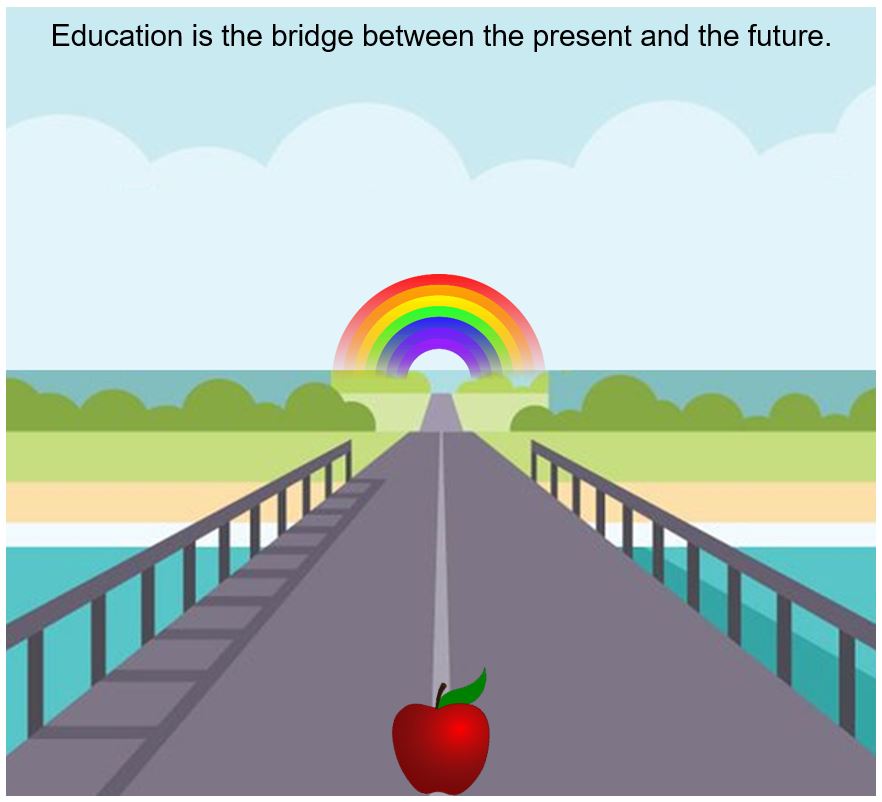11.1 What is a Metaphor?

Metaphors can paint a vivid picture to help understand a concept. A metaphor is an expression, word, or phrase that is used in place of another expression, word, or phrase, suggesting a likeness or analogy. Within learning, a metaphor could describe the way it is connected towards a story, word, expression, or analogy. For example, how would we use the concepts of Bloom’s Taxonomy in relation to learning using a metaphor? Bloom’s Taxonomy could be seen using an architectural approach for building learning, like building a house. Learning basics are its foundation, while higher-order concepts are the walls and roof.
Literary understanding of metaphors is beneficial for understanding. Much like linguists and philosophers, the use of a metaphor connects organizational analysis to language, ethics, and social constructs in the same framework as learning[1]. Research in higher education can use a metaphor that relates to the research process. Consider outlining themes for a literature review. They are like herding sheep into a pen as a way of trying to collect many different ideas and develop a collective farm of analysis.
It is helpful to develop metaphors that relate to everyday life. Conceptual metaphors are imaginative views that use rhetorical tools to develop an understanding of the “nature of meaning, truth, logic, rationality, and objectivity” (p. 486)[2]. Metaphors can be creative and divergent, depending on the person’s viewpoint. In many ways, they represent freedom of the mind to expand concepts of learning based on individuality. In the activity below, fill in the missing words based on your reading of the following article by Lakoff and Johnson.

